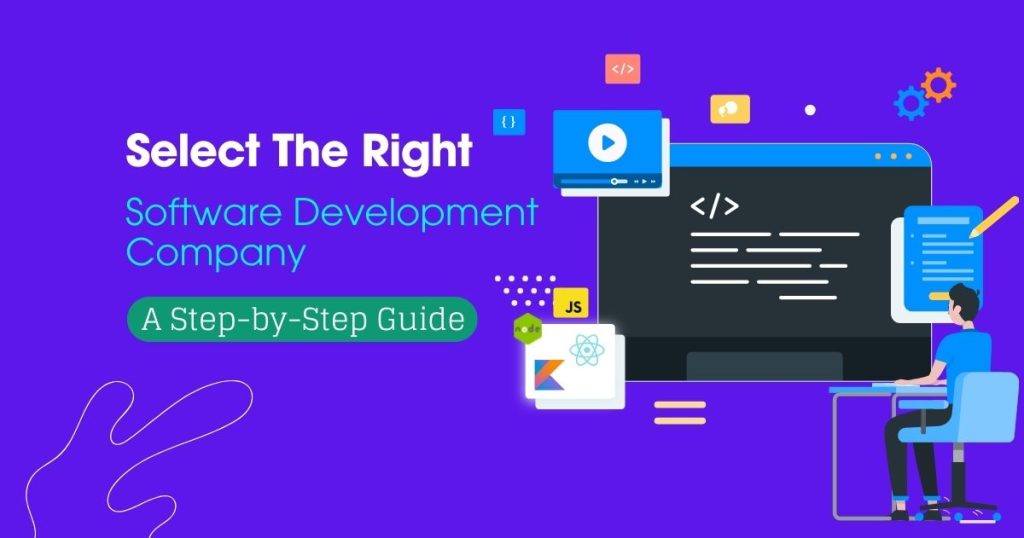The research field has considered software energy optimization in the last few years because of the high energy consumption by data centres and applications. The approaches with which software may be made to use minimal energy at the time of execution while not having a negative impact on performance or functionality.
Od dynamic voltage and frequency scaling (DVFS) is a widely used software energy optimization method. DVFS is a technique in which supply voltage is reduced selectively when full computational power is not required. This method effectively eliminates the application of dynamic power dissipation which is associated with the square of supply voltage. In today’s processors, the voltage and frequency requirements can be changed dynamically while the processor functions. Specifically, the following capabilities can be optimized using custom software application development services for energy saving:
Computational Efficiency
Algorithm Design
- Context-Specific Algorithms: Indeed, thinking about the conditions and the constraints you foresee for your application may help you.
- Path of Least Resistance: Imitate true optimization and do exactly as rivers, currents, and water, in general, do: always choose the easiest way. New findings in artificial intelligence illustrate that the brain should indeed mimic by incorporating mechanisms for creating change in architecture. For instance, some Korean scientists created a hardware system that can transform its shape in the same way the brain synapses do. Due to this approach, the accuracy was reduced by 37% energy utilization as stated by P et al 20141.
- Recursive vs. Iterative Algorithms: The use of recursive algorithms may be less energy efficient than iterative algorithms because of high stack utilization. Decide if the use of an iterative approach would be more appropriate.
Pseudo-Code to Energy-Efficient Algorithm Design
Follow a holistic approach throughout the design process:
- Problem Analysis: Without the ability to understand the problem quickly and clearly, there is no chance to succeed in solving it.
- Algorithm Selection: Everyone needs to select the best algorithm out of the proposed ones.
- Implementation: Make the algorithm fast as well as feasible.
- Testing and Profiling: Avoid using fixed values in case there is any change in system energy usage. Use an automated meter to measure energy consumption during testing.
Low-Level Code Optimization
- Memory Access Patterns: Use predefined functor with the STL maps instead of using struct with non-standard monkey patching.
- Instruction-Level Parallelism: Use low-level parallel instructions such as SIMD (Single Instruction, Multiple Data) for handling multiple data items.
- Code Profiling: Analyze the frequency of instructions to find out where the most calls are made or generated, thus locating the areas you should optimize.
Parallelism
- Multi-threading: Make use of available core Processors by partitioning challenges to be handled into several threads.
- GPU Acceleration: Delegate computationally intensive tasks and execute them concurrently on GPUs.
- Task-Based Parallelism: If a task can be partitioned into small sub-tasks, then the task-based parallelism libraries (e. g. This gives the programmer better control over the flow of data to and from the parallel threads using the threading libraries (Intel TBB, OpenMP, etc. ).
These have to do with how efficient a certain type of data or communication method is when being used in a digital environment.
- Data Compression: In most cases, it is possible to reduce the amount of data, for instance, when storing or transmitting data.
- Network Protocols: Use affordable and efficient protocols in the network formation and optimization process (for example, e.g., HTTP/2 over HTTP/1. 1).
- Minimize Data Transfers: Minimize data communication of the superfluous information between the different system components.
The challenge is that part of a program’s flow is amenable to running at reduced speed, while still meeting the given timing requirements. It would also be possible to apply conventional machine learning algorithms to estimate suitable frequency levels that would enable code segments to yield the most energy advantage.
Techniques and methods making the software energy optimization
Methodologies such as loop tiling and loop unrolling can also improve the performance of DVFS. Tiling increases the amount of data that is accessible from the cache and thus reduces the number of cache misses. Unrolling reduces loop control instructions:
Each of these optimizations allows for longer periods when the processor can run cooler and slower but still not all that slow. Tiling, unrolling, and auto-tuning are integrated by the compilers to develop optimal code.
Opportunity forecasting is another technique that can be applied to define the level of idling and possible decrease in energy consumption. The main concept is to take system sub-components to a power-saving state such as sleeping or hibernating when a long period of non-usage is anticipated.
Using the machine learning algorithm, one can predict the duration of idle time and even go further to predict the occurrence of similar events. Both operating system and runtime power managers call for low power modes as appropriate to preserve energy. In general, smart prediction algorithms are required to mitigate the effects of performance overhead versus energy efficiency.
Some of the methods that are used involve voltage stacking in multicore processors which it allows each core to work at different voltage levels depending on the demand. Software frameworks have been developed to schedule the application workloads across cores with one set of cores running at a low voltage while the other set runs the non-critical tasks to meet the application deadlines. This helps to prevent having all the cores running at full voltage at all times and hence saves energy. Task mapping is the process where policies bring tasks to an appropriate core through efficient task scheduling policies.
Special-purpose hardware assist blocks are designed to be efficient at performing specific tasks. Belt offloads most computations from the principal processing unit and this results in enormous energy savings. The software is responsible for managing and scheduling the distribution of work across the processors and accelerators. This has been made possible by the co-design of the hardware and the software needed to implement this addition.
As for the power gating technique, when blocks are not required for some operations, they are disconnected from the power source. Fine-grained dynamism applies this at lower levels like pipeline stages of a microprocessor. Compiler-directed power-gating places these instructions at the right time in the program so that power-gating opportunities can be made. This calls for the ability to recognize those segments of code that do not in any way influence the program’s result yet consume time during execution.
While loop perforation reduces the actual number of loops iterated by leaving out some iteration steps, loop truncation, on the other hand, cuts off loops earlier. Numerical imprecision techniques utilize fewer bits to write variables. These create room for achieving voltage scaling. The software should also have the ability to allow the level of approximation to be modified dynamically at runtime.
Thus, the major approaches to software energy optimization are DVFS, idleness prediction, scheduling, power gating, approximations etc. All of them leverage on hardware, as well as optimization in modeling, compilation and runtime systems. In other words, an effective optimization strategy will incorporate of the above techniques in an orderly manner. Complex innovations are required in the field and across the architecture of system software, as well as in the application design itself.
Conclusion
To fully appreciate the concept of software energy optimization, it is imperative to recognize that it is not a finite process. Choosing the function means choosing the way how it should work, its speed and energy consumption. With the help of these techniques and methods, it becomes very much possible to design the software that fulfills user requirements or needs to the optimal level and at the same time ensures that the probability of the software having a negative impact in terms of environmental influences is relatively reduced as well.
That is it for today, just remember that every line of code that you create and use should have value!



